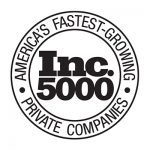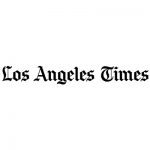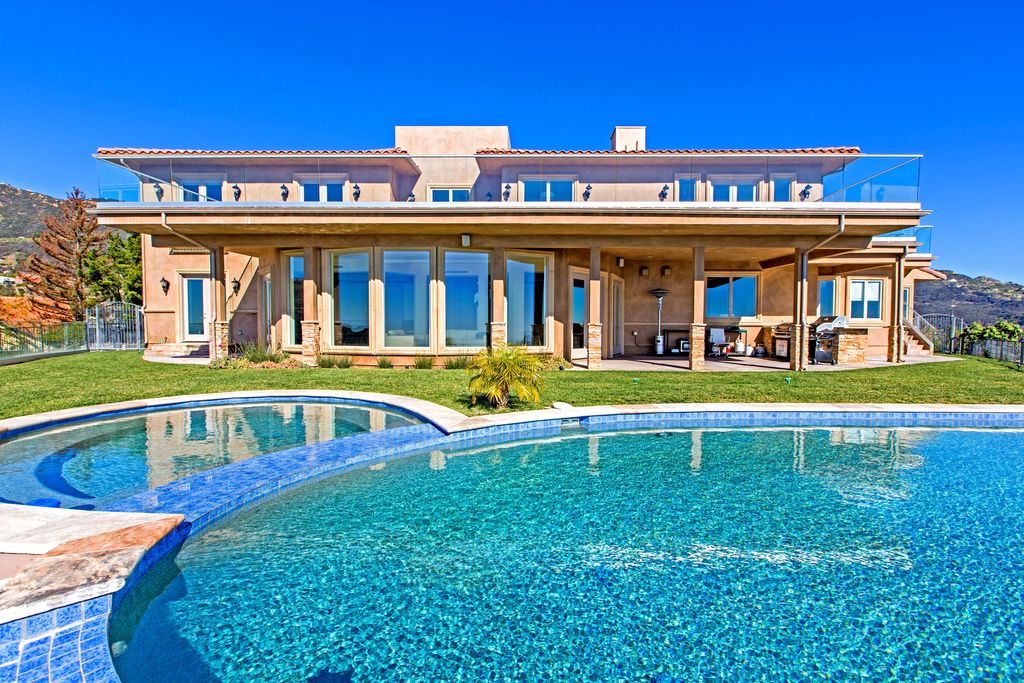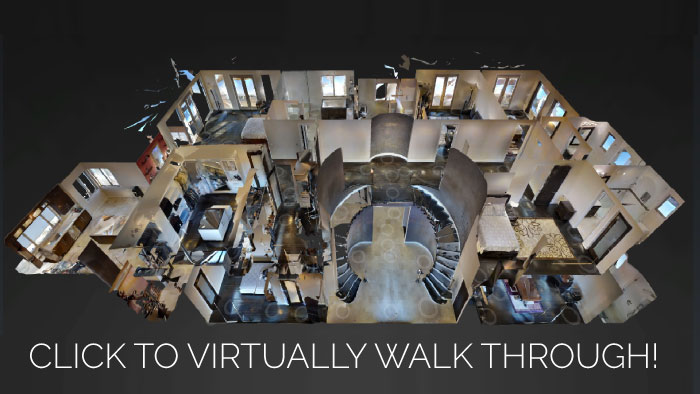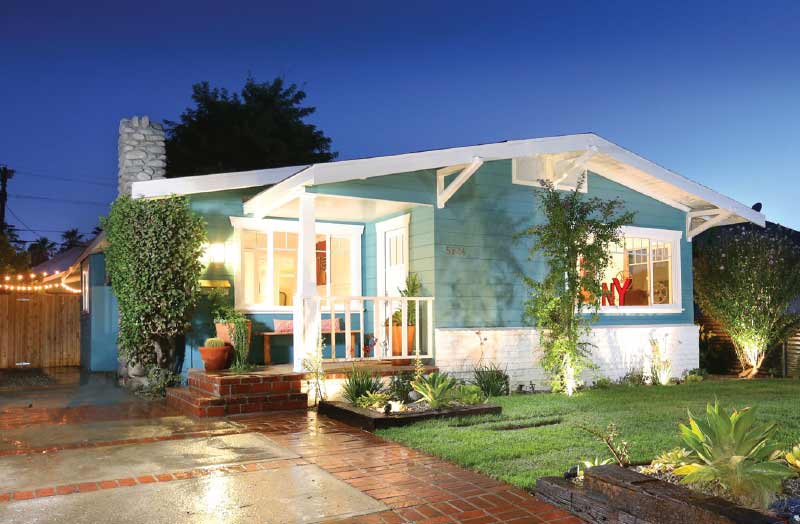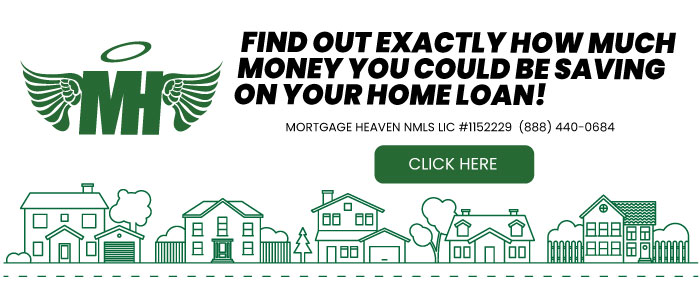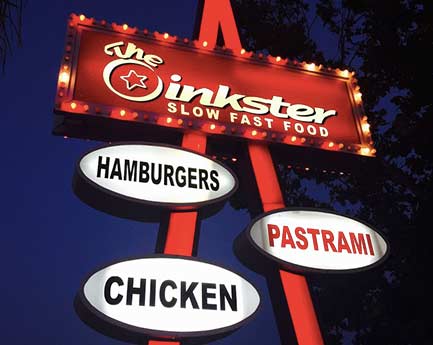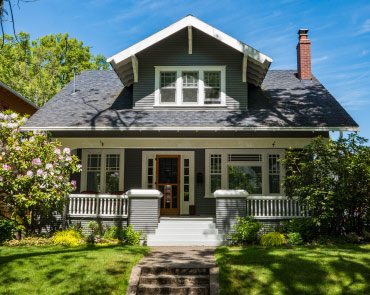

FIND YOUR EAGLE ROCK HOME
| Buy | Sell | What is Your Home Worth? |
|
|
||
3D VIRTUAL TOURS
When You Hire Me to sell your property, I include a 3-D Virtual Tour of your house as part of my marketing strategy.
360 degree Virtual Tours gives Home Buyers an opportunity to see the home in a way that no ordinary 2D photography can. Virtual Tours provide viewers with a complete picture rather than just segments or angles. Want more? Ever walk inside the home of a celebrity? Now you can. Enjoy my collection of 3D Celebrity Homes Virtual Tour!
FREE 3D TOUR FOR YOUR BUSINESS
Invite customers inside with a virtual tour of your business on Google Search, Google Maps and Google+. As a member of the Eagle Rock business community, I want to bring this technology and service to you FOR FREE.
FREE 3D TOUR OF YOUR HOUSE
When You Hire Me to sell your property, I include a 3-D Virtual Tour of your house as part of my marketing strategy.
360 degree Virtual Tours gives Home Buyers an opportunity to see the home in a way that no ordinary 2D photography can. Virtual Tours provide viewers with a complete picture rather than just segments or angles. Want more? Ever walk inside the home of a celebrity? Now you can. Enjoy my collection of 3D Celebrity Homes Virtual Tour!
FREE 3D TOUR FOR YOUR BUSINESS
Invite customers inside with a virtual tour of your business on Google Search, Google Maps and Google+. As a member of the Eagle Rock business community, I want to bring this technology and service to you FOR FREE.
Son of Immigrants
No Gimmicks. Documented Success.
Zillow, Trulia, & Real Trends ranked him in the top 1% of all agents nationwide according to their Annual “America’s Best Real Estate Agents” List.

FREE REO & FORECLOSED HOMES LIST
They Aren't Gone And They're Coming Back.
Between 2006-2013 I sold thousands of REOs aka Foreclosure homes for the banks. There will always be foreclosures. Some economic cycles will be more extreme than others. The primary reason to consider purchasing a foreclosure is the potential for a great deal. I’ll give access to my most current list of foreclosed homes in Southern California for FREE.

Testimonials
Read Anna C.‘s review of TalkToPaul on Yelp
Read Carla G.‘s review of TalkToPaul on Yelp
Read Nikki D.‘s review of TalkToPaul on Yelp
Read Jane T.‘s review of TalkToPaul on Yelp
Read Anne T.‘s review of TalkToPaul on Yelp
Read Tiffany H.‘s review of TalkToPaul on Yelp
Social Media Feed
Social Media Feed
EAGLE ROCK REAL ESTATE
Click below to see EVERY home currently on the market.
The City of Eagle Rock
Eagle Rock is one of the most popular neighborhoods in Los Angeles, CA. I grew up in the 90041 during the 1980s. My family lived on the corner of N. Avenue 49 & Stratford Road just one block away from Occidental College. I spent a great deal of my youth on that campus. I graduated from Eagle Rock High School in 1994.
 I have fond memories of the Eagle Rock Plaza, before it temporarily changed it’s name to Westfield Shoppingtown, and then made the intelligent choice of returning it back to it’s original name. Before it was Target, it was Montgomery Wards. Before it was Macy’s it was Robinson’s. I even remember the days of old when there was a movie theater in the Eagle Rock Plaza. When that theater closed, all we had was The Eagle Theater, now known “The Universal Church” on the corner of Yosemite Dr. and Eagle Rock Blvd. I will always remember their $2 admission fees and the 75-cent “bargain” admission on Thursdays. This was where I was first exposed to the arcade game “Mortal Kombat” and “Rampage” where you played building sized movie monsters destroying cities.
I have fond memories of the Eagle Rock Plaza, before it temporarily changed it’s name to Westfield Shoppingtown, and then made the intelligent choice of returning it back to it’s original name. Before it was Target, it was Montgomery Wards. Before it was Macy’s it was Robinson’s. I even remember the days of old when there was a movie theater in the Eagle Rock Plaza. When that theater closed, all we had was The Eagle Theater, now known “The Universal Church” on the corner of Yosemite Dr. and Eagle Rock Blvd. I will always remember their $2 admission fees and the 75-cent “bargain” admission on Thursdays. This was where I was first exposed to the arcade game “Mortal Kombat” and “Rampage” where you played building sized movie monsters destroying cities.
Eagle Rock has grown increasingly popular because it has so much to offer. Even though you’re in the Los Angeles area, it has a small-town feel; you’ll find well-kept homes often full of charm and character on mature tree-lined streets. Eagle Rock median real estate price is $722,275, which is more expensive than 77.6% of the neighborhoods in California and 93.1% of the neighborhoods in the U.S. Many of the residences in the Eagle Rock neighborhood are relatively historic, built no later than 1939, and in some cases, quite a bit earlier. A number of residences were also built between 1940 and 1969.
Eagle Rock is located 11.8 miles northeast of Downtown LA and is bordered by Pasadena, Highland Park, South Pasadena, and Glendale.
Eagle Rock History
Before the arrival of European settlers, the secluded valley below the San Rafael Hills that is roughly congruent to Eagle Rock’s present boundaries was inhabited by the Tongva people, whose staple food was the acorns from the valley’s many oak trees. These aboriginal inhabitants were displaced by Spanish settlers in the late 18th century, with the area incorporated into the Rancho San Rafael. Following court battles, the area known as Rancho San Rafael was divided into 31 parcels in 1870. Benjamin Dreyfus was awarded what is now called Eagle Rock. In the 1880s Eagle Rock existed as a farming community.
It is believed that early day Indians living in the area and coming upon this distinctive sandstone rock formation, very fittingly bestowed the title of the “Eagle Rock,” which in actual fact does bear a striking resemblance to the head and wings of an eagle in flight.
In later years, as settlers began arriving in the area, the name was attached to include a large area of land surrounding the rock, mostly in a westerly direction in what is now called Eagle Rock. The land’s elevation varied from 565 to almost 1,000 feet, which provided some spectacular views of the surrounding areas Real estate promoters described it as “The Switzerland of Southern California,” at one point, to would be buyers.
The air was clean, and the ground gave up a plentiful supply of pure, clean water. Farming became a part of early day living in the Eagle Rock area, and numerous and extensive truck gardens and orchards flourished within, the products therefrom finding a ready and viable market in nearby Glendale, Pasadena, and Los Angeles. Strawberries were a mainstay of this type of business.
The roads were mostly dirt, with the expectation that later they would be oiled or paved with asphalt. A land boom after the turn of the century brought many new residents into the area. Churches and clubs were organized and they knit the social fabric of the community. Two electric railroads were brought into the area. One, a narrow gauge trolley system, provided passenger service between Eagle Rock and downtown Los Angeles. The other, initially a narrow gauge system, offered service between Eagle Rock and Glendale, but was later standard gauged to provide adequate freight service to and from the area. This service was established primarily to transport lumber and other building materials to major suppliers, located near the corner of Colorado Boulevard and Eagle Rock Boulevard, for the eventual use of local housing.
The arrival of American settlers and the growth of Los Angeles resulted in steadily increasing semi-rural development in the region throughout the late 19th century. The construction of Henry Huntington’s Los Angeles Railway trolley line up Eagle Rock Blvd. to Colorado Blvd. and on Colorado to Townsend Ave. commenced the rapid suburbanization of the Eagle Rock Valley. Eagle Rock was incorporated as an independent city in 1911. The depletion of the young city’s wells, and their incipient contamination due to the lack of a sewer system, led the citizens of Eagle Rock to agree to amalgamation with the city of Los Angeles in 1923.
Content courtesy of Wikipedia.
AS SEEN ON:


